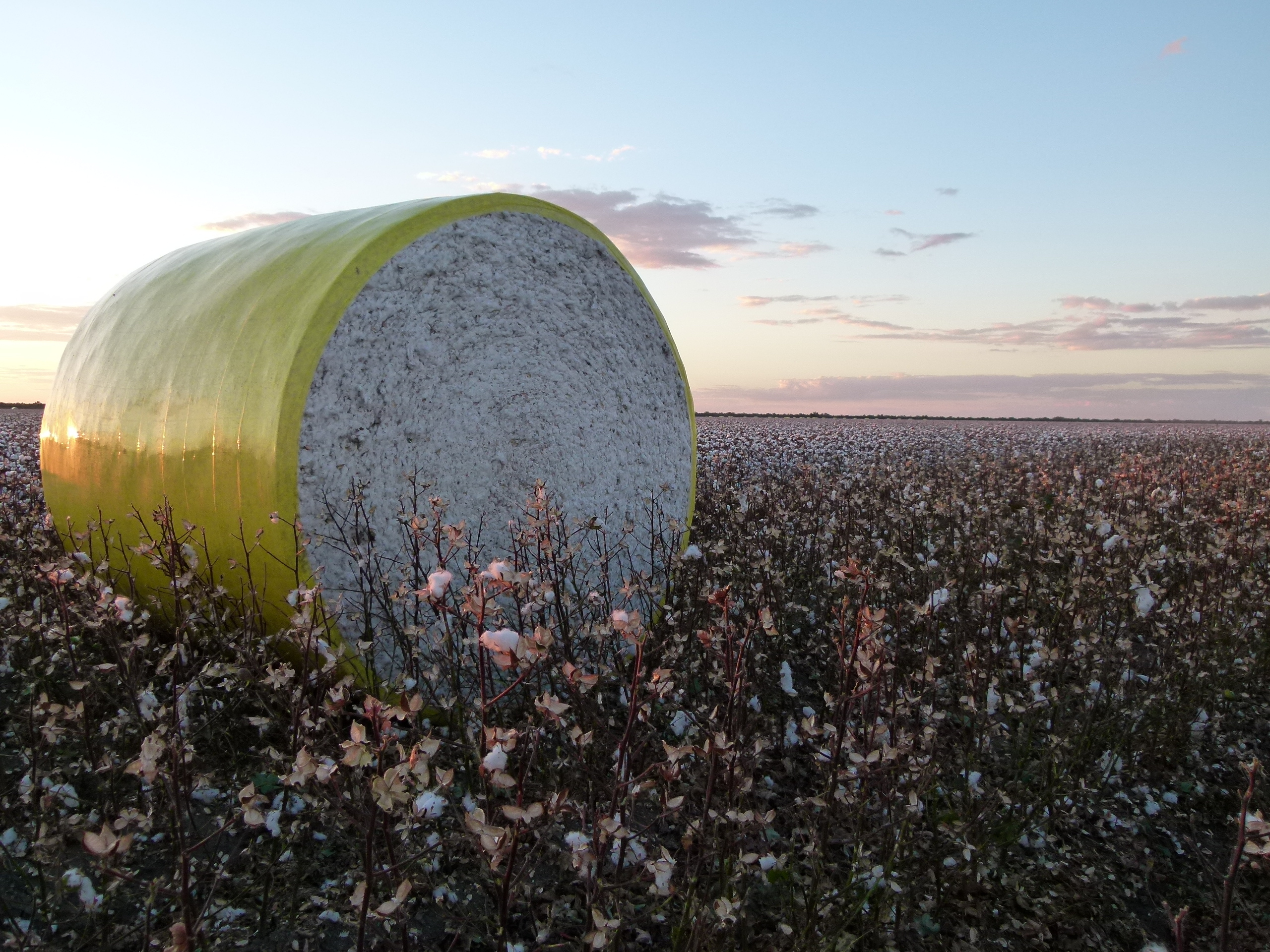Hemp
- Industrial hemp requires 3-6 megalitres of irrigation water per hectare.
- There are currently processing plants in NSW and WA that manage the primary processing of industrial hemp.
- The Australian industrial hemp industry is in its infancy but is rapidly growing with varietal trials in ground across Australia.
What is hemp?
There are broadly two types of hemp plant, one for grain (shorter with bigger flowering heads) and one for fibre (very tall with thick stems).
To date, Australian production has focussed mainly on growing hemp grain, with a good grain yield being one tonne per hectare.
The hemp stem is made up of two components: the bark, or ‘bast’, which contains the fibres used for textiles, and the ‘hurd’, with much shorter fibres used in mulch products.
Industrial hemp can only be grown in Australia under a licence issued by state governments. This licence is required by growers wishing to grow industrial hemp and/or produce fibre or seed and grain.
Industrial hemp plants grow well in fertile, neutral-to-slightly alkaline, well-drained clay loam or silt loam soil types. The only similarity to where cotton is currently grown in Australia is the requirement for slightly alkaline soils. Cotton is grown on heavy, black, cracking vertosol soil that has high clay content and high water holding capacities. This would potentially lead to waterlogging issues for industrial hemp species, as they are intolerant to wet, flooded, or waterlogged soils.

Comparing cotton and hemp
There is limited hemp varieties suited to growing in areas where cotton is currently grown in Australia. However, there are new varieties being developed for both fibre and grain production.
Water management is particularly important during the first six to eight weeks of hemp crop establishment. Without significant supplementary rainfall, industrial hemp requires 3-6 megalitres of irrigation water per hectare for sustainable production rates (source: NSW DPI). Cotton requires 6-7 megalitres of water per hectare.
Leading CSIRO scientists agree that industrial hemp’s water and nitrogen requirements are similar to those of cotton.
Industrial hemp varieties require soil temperatures for germination around 18°C, with optimum temperatures for growth between 15–27°C.
Industrial hemp is intolerant of frost and excessively cold or hot climatic conditions, which narrows the regions in Australia where the crop could be grown.
Very humid conditions give rise to fungal diseases which would need chemical control measures, where there are currently not many registered products available.
Due to the above mentioned conditions required for growing sustainable fibre hemp crops, it could not replace cotton in most areas of Queensland and NSW where cotton production currently takes place.
In Australia, there is a potential market for hemp stems and hurd. Both these markets require critical volumes in order to supply processing plants and markets.
There is currently processing plants in NSW and WA to deal with the primary processing of industrial hemp.
When a farmer considers growing any crop, they ask themselves whether it is sustainable for their business to produce the crop, and other questions including: What markets are available for industrial hemp material? Is the profit margin equal to or higher than other crops? How will the crop be harvested? What processing facilities are available?
The price for unrefined hemp fibre (off the farm) is much less than the price/kilogram for ginned cotton lint. Therefore, at the farm gate, the hemp textile fibre proposition is quite poor – unless there are processing operations and concentration (of product) at or near the farm.
Cotton Australia does not discourage hemp production in Australia, and we wish the industry well.
(Top image by Oregon State University, licensed under Creative Commons)
